Understanding how much podcast sponsors pay is key to monetizing your show. Rates can vary widely, but they are typically influenced by your audience size, listener engagement, and your podcast’s niche. Whether you’re a new or established creator, knowing the financial dynamics helps you negotiate better deals. This guide breaks down the payment models, influencing factors, and standard rates to help you maximize your sponsorship earnings.
What are the Main Types of Podcast Sponsorships?
For podcasters looking to generate revenue, it’s important to understand the different ways you can partner with brands. Sponsorships are not a one-size-fits-all arrangement. They range from simple ad reads to deeply integrated content collaborations, each offering unique benefits for you and the sponsor.
The right type of sponsorship can feel like a natural part of your show, adding value for your listeners rather than interrupting them. Choosing a partnership that aligns with your content and audience is crucial for maintaining trust and authenticity.
The most common sponsorship arrangements provide brands with direct exposure to your engaged audience. Here are the main types you will encounter:
| Type | Description |
| Host-read ads | The most popular format, where you read the ad copy in your own voice. |
| Pre-recorded spots | Professionally produced ads that are inserted into your episode during editing. |
| Native advertising | Sponsorship that is woven seamlessly into the episode’s content. |
| Branded content | Entire episodes or series created in collaboration with a brand’s message. |
| Affiliate partnerships | You earn a commission for sales generated through a unique link or code. |
Exploring these options allows you to find the best fit for your podcast’s style and your financial goals, fostering partnerships that feel genuine to your listeners.
What Factors Influence How Much Sponsors will Pay?
Sponsors don’t just pick a number out of thin air. Several key factors determine how much they are willing to invest in your podcast. Understanding these elements will empower you to position your show effectively and justify the rates you ask for during negotiations.
Your audience is your most valuable asset. Sponsors are paying for access to them, so the more you know about your listeners, the better. Metrics go beyond simple download numbers; they tell a story about who is listening and how engaged they are.
Here are the primary factors that influence sponsorship payments:
- Audience Size: The number of unique downloads or listens per episode is a foundational metric.
- Listener Demographics: Age, gender, location, and interests are crucial for sponsors looking to reach a specific target market.
- Niche and Genre: Podcasts in high-value niches like finance or technology can often command higher rates.
- Engagement Rate: A loyal and interactive audience that trusts the host is highly valuable to brands.
- Content Quality: High production value and compelling content signal a professional and credible show.
Ultimately, a smaller podcast with a highly engaged, niche audience can sometimes be more valuable to a sponsor than a larger podcast with a broad, disengaged listenership. Focus on building a strong community around your content to attract more lucrative deals.
Understanding the Common Payment Models for Podcasts
When it comes to getting paid, sponsors typically use one of two primary models. Knowing how these work is essential for calculating your potential earnings and deciding which structure works best for your podcast.
The most common model is CPM, which stands for “Cost Per Mille” or cost per thousand listens. This is a performance-based approach where your earnings are directly tied to the size of your audience for each episode.
Alternatively, some podcasters and sponsors prefer a flat-rate deal. This model simplifies the process by agreeing on a fixed price for a certain number of ad placements, regardless of minor fluctuations in download numbers. This provides predictable income, which is great for budgeting and financial planning. A flat rate is often favored by podcasters with a very loyal and dedicated following, as it values engagement over just raw numbers.
How to Successfully Negotiate Your Sponsorship Deals
Once a potential sponsor shows interest, the negotiation process begins. This is your opportunity to communicate your value and secure a partnership that is fair and beneficial for both parties. Being prepared is the key to a successful outcome.
Before you even start the conversation, do your homework. Research standard industry rates and have your podcast’s metrics ready. Create a professional media kit that showcases your listenership numbers, audience demographics, and engagement statistics. This data is your leverage.
Follow these tips for a smoother negotiation:
- Know your worth and be confident in your pricing.
- Don’t be afraid to start with a higher offer, as sponsors often expect to negotiate down.
- Build a genuine relationship with the sponsor to foster long-term opportunities.
- Be flexible and open to creative solutions that meet both of your needs.
- Always get the final agreement in writing to avoid future misunderstandings.
Remember, a good partnership is a win-win. Your goal is to find a sponsor who values your audience and to create a deal that compensates you fairly for providing that access.
Current Market Rates and Future Growth Predictions
Staying informed about the current market can help you set realistic expectations for your earnings. While rates vary, there are industry averages that provide a solid benchmark for what you can charge.
Currently, podcast sponsorship rates commonly range from $18 to $50 CPM for a 30-second ad. This means if your episode gets 10,000 downloads, you could potentially earn between $180 and $500 for a single mid-roll ad spot. A 60-second ad can command even higher rates, often between $25 and $75 CPM.
The future of podcast advertising looks bright. Experts predict robust growth as more brands recognize the medium’s effectiveness in reaching engaged audiences. This increasing demand is likely to drive sponsorship rates higher. We can also expect to see a rise in dynamic ad insertion, where ads are automatically placed in your back catalog, and more performance-based deals like affiliate marketing.
Best Practices for Securing Your First Podcast Sponsor
Attracting sponsors is about more than just having a lot of downloads. It’s about building a quality show with an engaged community and then professionally pitching that value to the right brands. If you’re looking to secure your first deal, focus on the fundamentals.
First and foremost, create high-quality content that resonates with a specific audience. A dedicated, niche following is often more attractive to sponsors than a large, generic one. Encourage listener interaction through social media or email to build a strong sense of community and demonstrate high engagement levels.
When you’re ready to reach out, craft a compelling pitch. Introduce your podcast, describe your ideal listener, and present clear data on your audience size and engagement. Explain exactly how a partnership would benefit the sponsor’s brand. Tailoring each pitch to the specific sponsor shows that you’ve done your research and are serious about creating a successful collaboration.
Frequently Asked Questions about Podcast Sponsorships
How much do podcast sponsors typically pay?
On average, podcast sponsors pay using a CPM model, which ranges from $18 to $50 per 1,000 listeners for a 30-second ad. For a 60-second ad, the rate is often between $25 and $75. Highly popular podcasts with large, engaged audiences can negotiate significantly higher rates.
What factors influence podcast sponsorship rates?
The primary factors are your number of downloads per episode, audience demographics, and listener engagement. A podcast in a valuable niche, like technology or business, can also command higher fees, as can a show with a very loyal and trusting community.
Can small podcasts get sponsors?
Yes, absolutely. Smaller podcasts with a dedicated niche audience are very attractive to brands wanting to reach a specific market. These shows might start with affiliate partnerships or deals with local businesses before moving on to larger sponsors.
What is the difference between CPM and a flat rate sponsorship?
CPM (Cost Per Mille) means the sponsor pays a set rate for every 1,000 downloads your episode receives, so payment is tied to performance. A flat rate is a fixed price for a set number of ads, which provides predictable income regardless of small changes in listener numbers.
What should I include in my sponsorship pitch?
Your pitch should include a brief introduction to your show, detailed information about your audience demographics, and key metrics like average downloads per episode. You should also explain why your podcast is a good fit for the brand and suggest specific sponsorship packages or ideas.


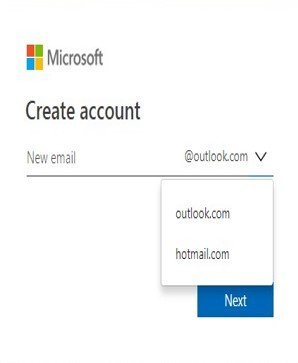
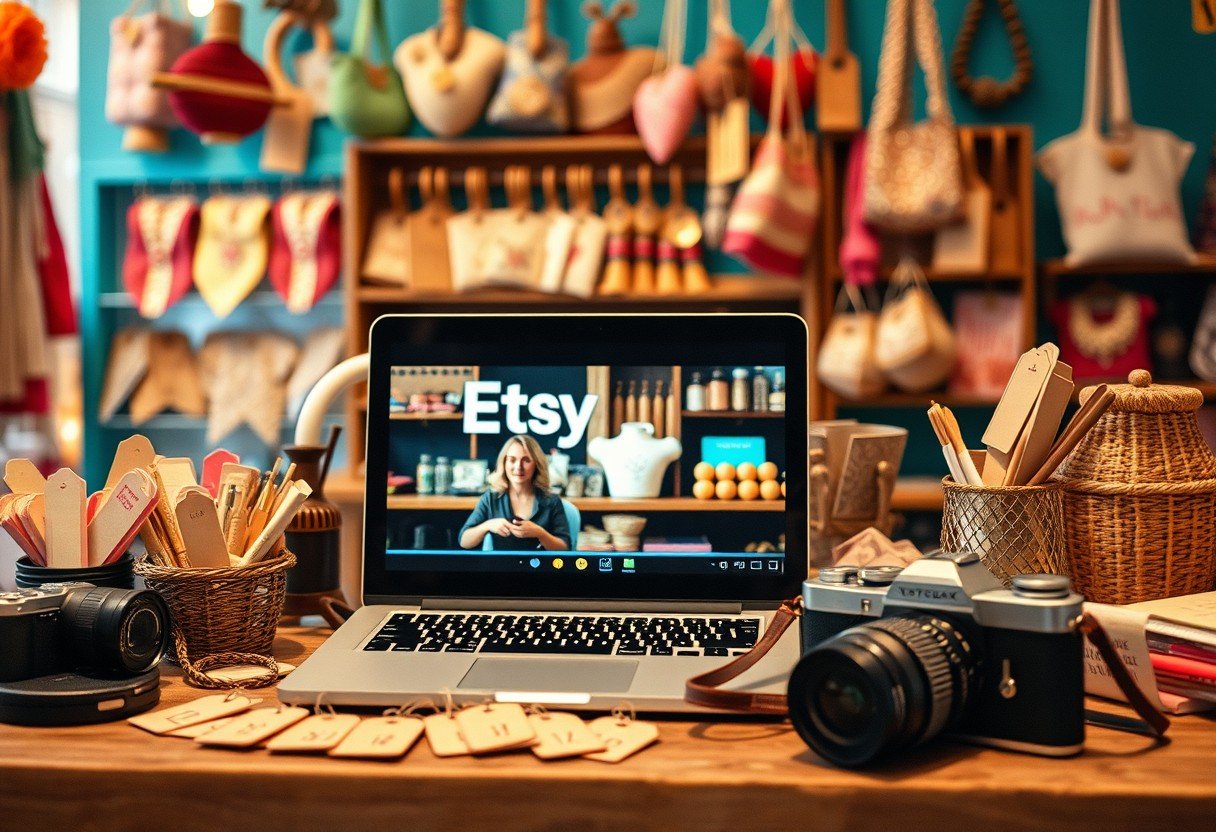

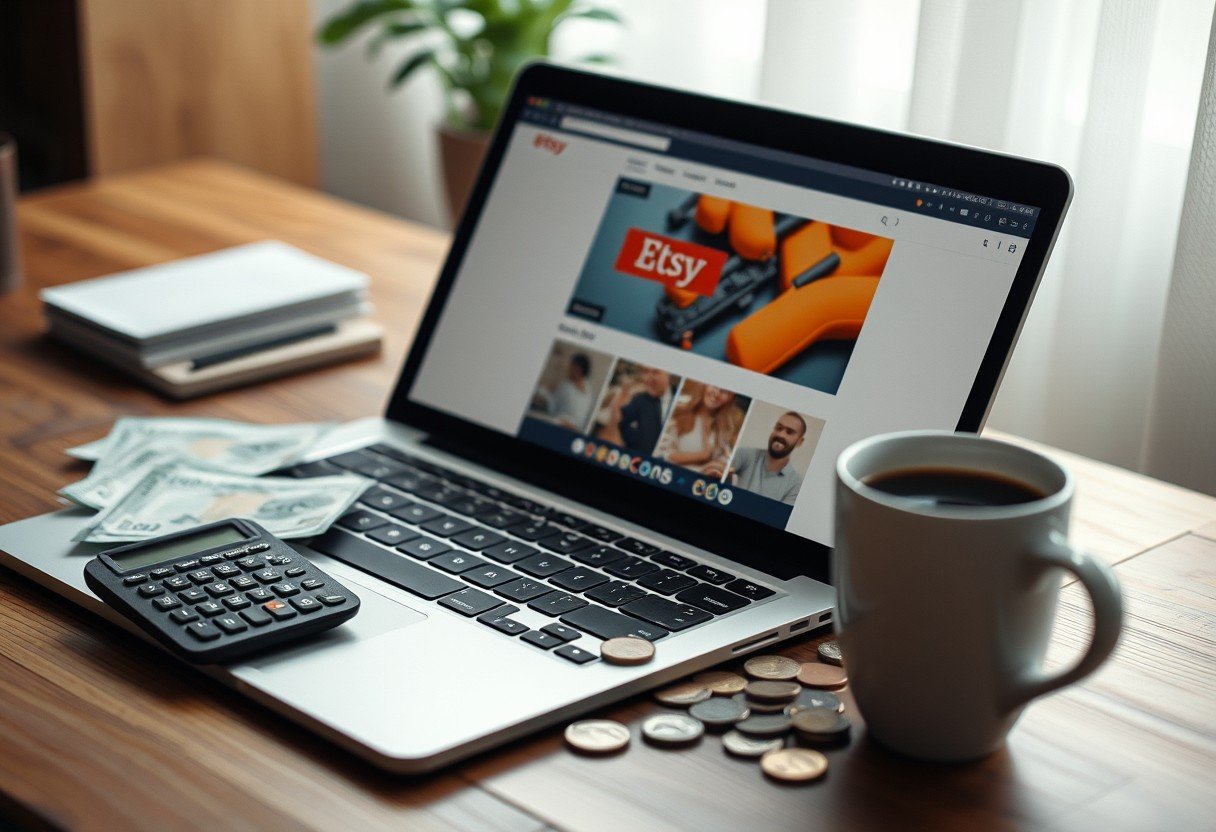

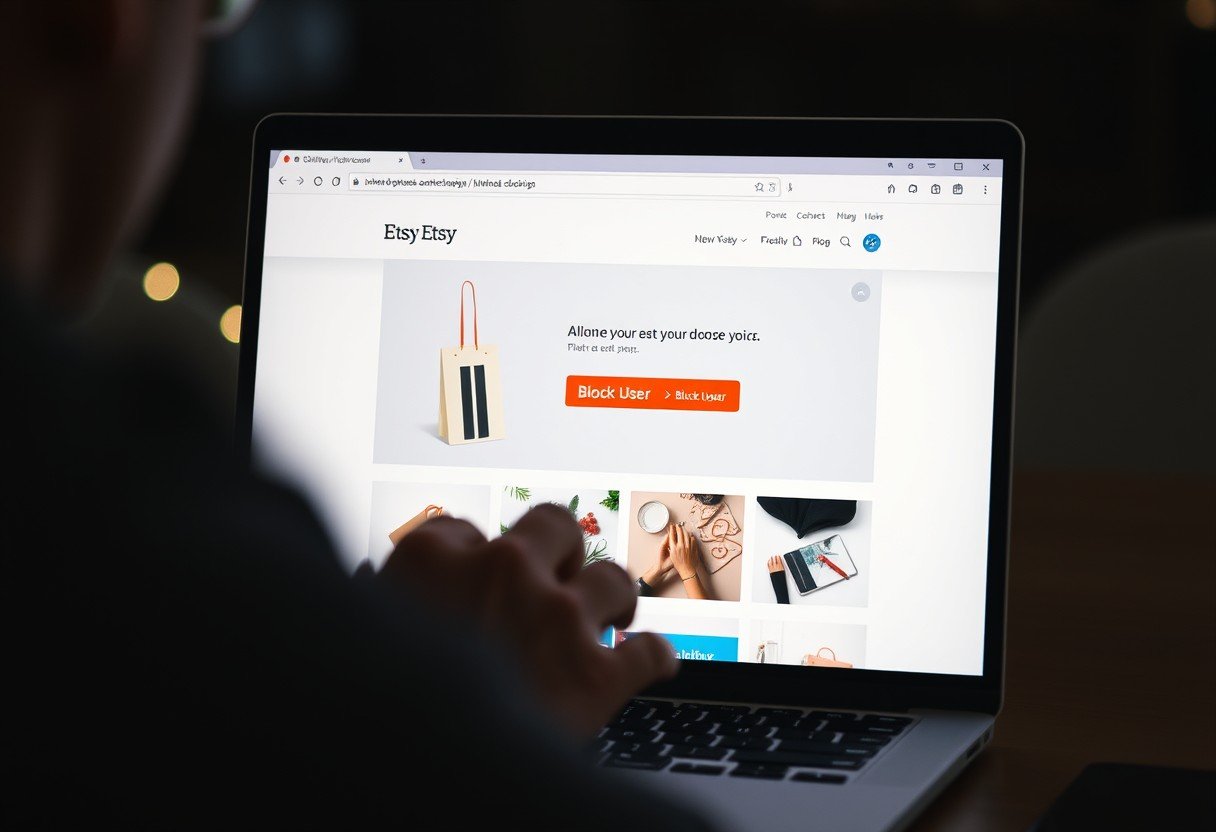
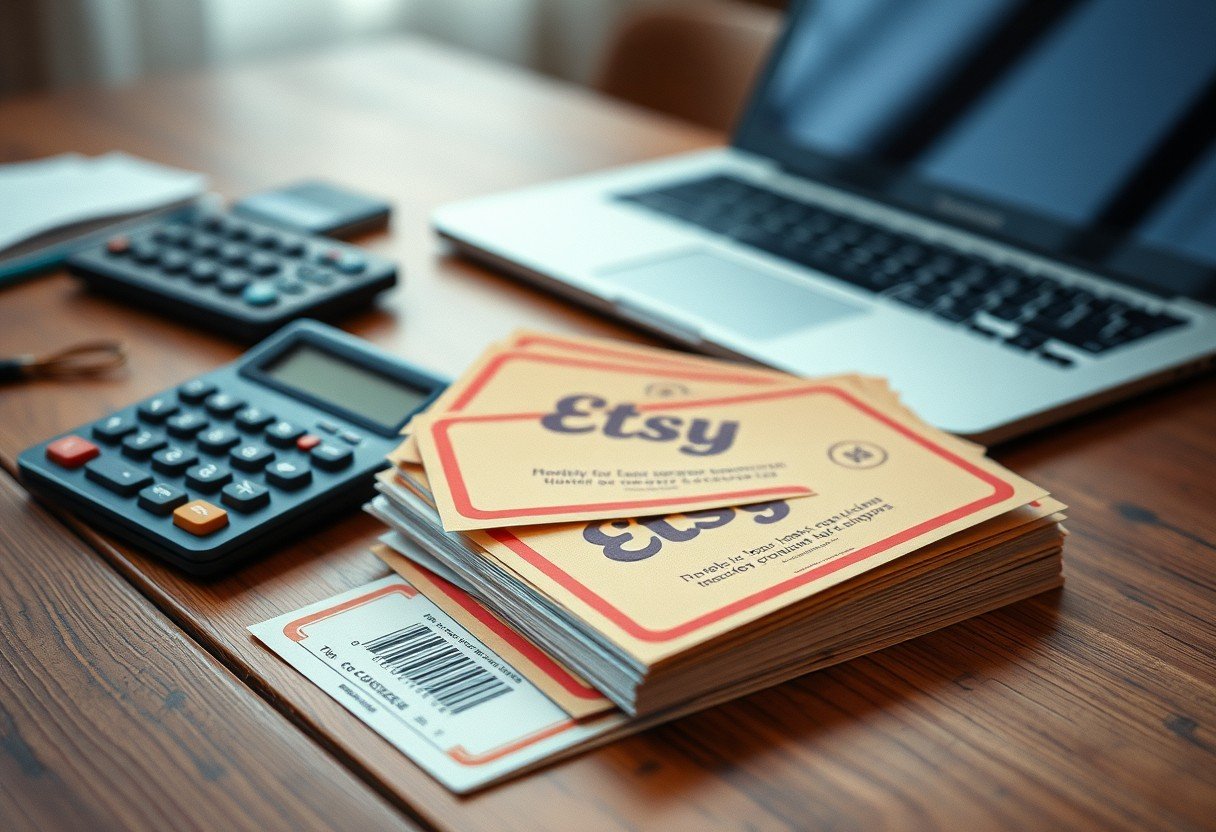
Leave a Comment